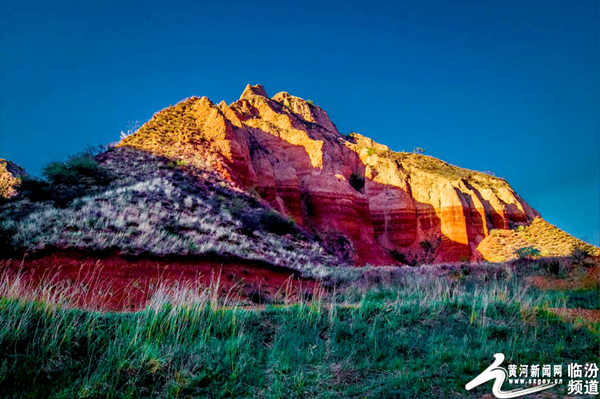Xixian Loess National Geological Park

The gloriously colored loess landforms in Xixian Loess National Geological Park highlight the unique charms of the Loess Plateau. [Photo/sxgov.cn]
Xixian Loess National Geological Park in Xixian county, Linfen city, in North China's Shanxi province, contains 48 discovered geological relics, including 38 loess landform landscapes.
The Loess Plateau is a highland region in north-central China with average elevation about 1,200 meters. It has the thickest known loess deposits in the world. Loess sediments, formed via wind action, are important geological environments.
The important geological relics in the park are natural resources for studying the genesis of the Quaternary loess, evolution of paleontology, paleoclimate and paleoenvironment.
For example, the Wucheng Loess in the park -- a national-level geological site of the Middle and Lower Pleistocene in the Quaternary strata of China, discovered and named by academicians Liu Dongsheng and Zhang Zonghu in 1962 -- can be used as a benchmark standard section of the loess layer in the middle reaches of the Yellow River.
Experts say that in addition, the types of loess landforms in the park are complete and unique, especially the colored loess landforms highlighting the unique charms of the Loess Plateau.
The park was recognized as a national geopark by the National Forestry and Grassland Administration on March 18.
Address: Xixian county, Linfen city, Shanxi province



